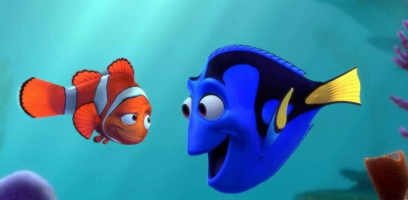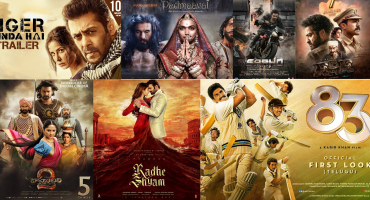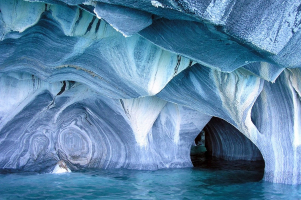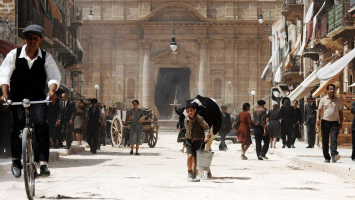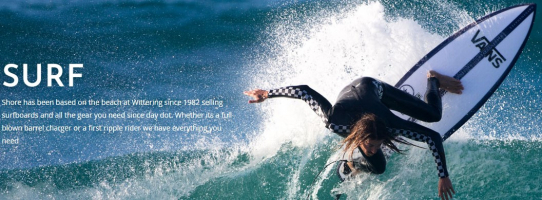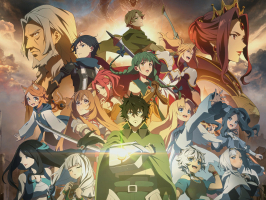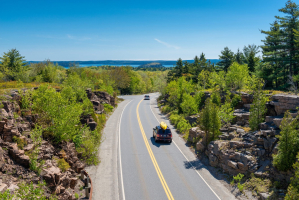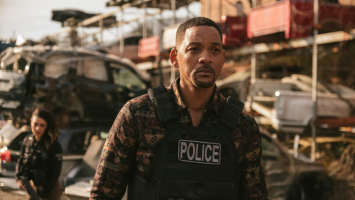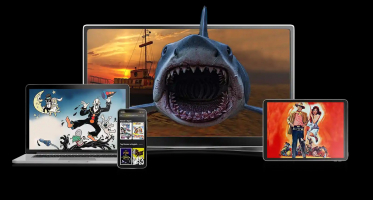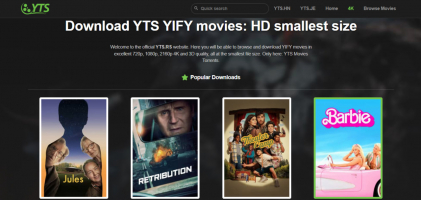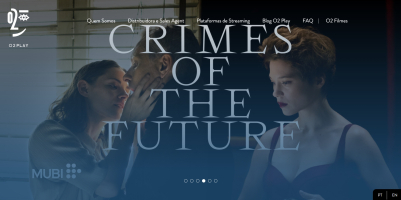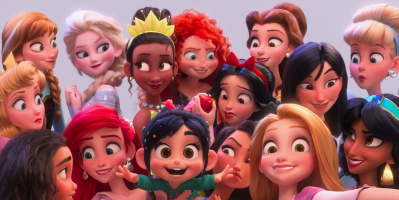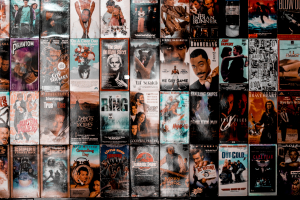Top 6 Most Epic Surf Movies
Many of us are surfing virtually now that we spend more time indoors. These are the top surf movies ever made if you want to go on a surf movie bender. Toplist ... read more...will discuss the classics as well as the current surf flicks on Netflix.
-
Could there possibly be a rival for our top spot? Young West Coast surfers Mike Hynson and Robert August travel the globe in pursuit of the ideal wave in Bruce Brown's legendary surf documentary. They also discover it on a previously undiscovered break off Cape St. Francis in South Africa, which is today one of the most well-known surfing locations in the world. Although not necessarily ultra-PC by today's standards, Brown's commentary is lighthearted and humorous, and his video expertly portrays the excitement, camaraderie, and pure joy of the sport. We might not have the time or resources to travel the world for an unending summer, but thanks to Brown's movie (and the Sandals' incredibly catchy theme song), we can stop by whenever we choose.
American surf documentary The Endless Summer was created, edited, and narrated by Bruce Brown in 1966. The movie follows surfers Robert August and Mike Hynson as they travel the world surfing. Although they are native to California, which has a warm Mediterranean climate, chilly ocean currents make the area's beaches uninhabitable in the winter without later, contemporary wetsuits. In search of new surf places, they visit the coastlines of Australia, New Zealand, Tahiti, Hawaii, Senegal (Dakar), Ghana, Nigeria, and South Africa while also educating locals to the sport.
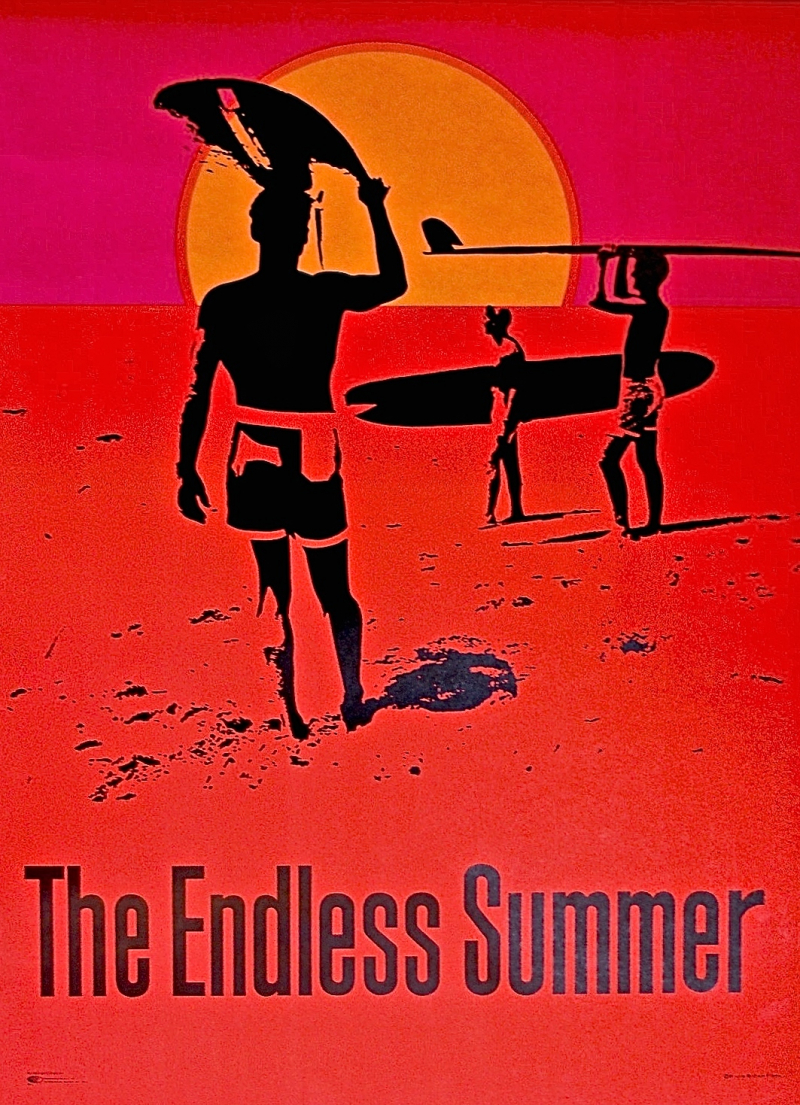
https://vickielester.com -
A well-known skater and surfer named Stacy Peralta directed and narrated the 2004 documentary film Riding Giants, which was made by Agi Orsi. The film explores the history of surfing and focuses particularly on the skill of riding enormous waves. Greg Noll, Laird Hamilton, Jeff Clark, and surfing pioneers like Mickey Munoz are a few of the featured surfers.
Stacy Peralta returned with yet another spectacular documentary on the history of big-wave surfing three years after Dogtown and Z-Boys. Although there is enough of thrilling tube and wipeout footage to demonstrate the fascination with the lure of riding such enormous waves, you may learn more information than you need, beginning with the sport's Hawaiian roots and going through the decades. Peralta takes viewers as close to them as most of them will ever get without combining them into one.
A brief historical history of surfing's development in Hawaii is followed by a focus on the perilous allure of big-wave surfing, which involves riding waves up to 70 feet (21 meters) high. The film traces the development of surfing at Hawaii's Waimea Bay in the 1950s, the advent of lighter surfboards, and the advent of tow-in surfing to enable "riding giants." The following three surfers are highlighted as being a part of this multi-generational evolution: In the 1950s and 1960s, Greg Noll rode brave large waves; Jeff Clark discovered Mavericks in Northern California and surfed there by himself for many years; and Laird Hamilton, a modern surfer who popularizes tow-in riding.
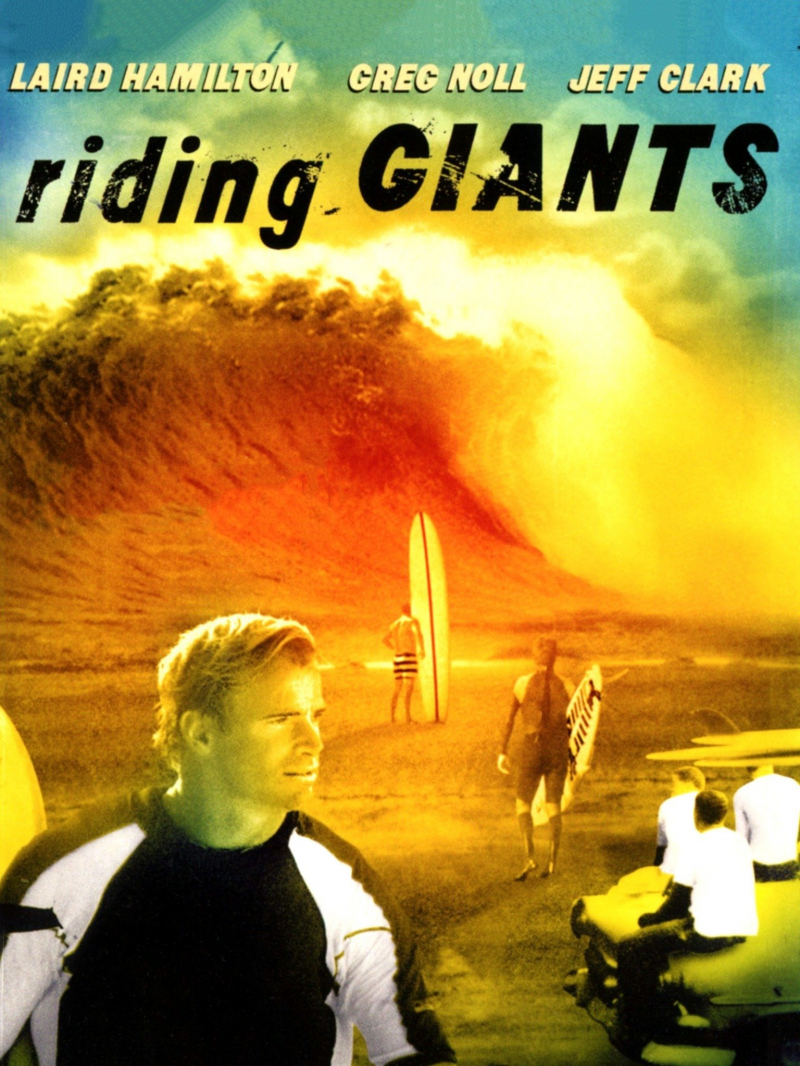
https://www.kaleidescape.com -
This fascinating film depicts the story of Doc Paskowitz, a Stanford graduate who, with his young wife, abandoned the norm to raise their nine children in a camper while traveling the continent in search of the finest waves. Even if his surfing obsession and questionable parenting techniques were self-serving, he continues to raise the issue of whether it is truly crazy to raise a close-knit family that places a higher priority on physical well-being and spiritual fulfillment than conventional measurements of success.
The 11-person Doc Paskowitz family is the subject of the 2007 American documentary Surfwise, which was made by Doug Pray. The movie had its world premiere on September 11, 2007, and on May 9, 2008, it debuted in the United States. In addition to starting a surfing school, Paskowitz attended Stanford University Medical School, graduated as a doctor, and promoted a holistic approach to diet and health. He also had a big family, including eight boys and a girl, whom he raised in a camper with his wife Juliette Paskowitz.
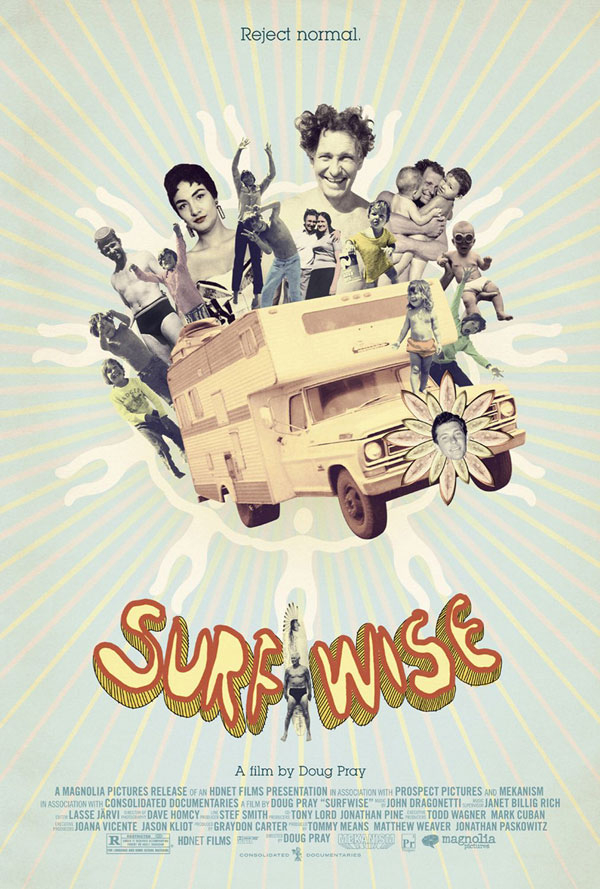
https://www.filmjabber.com/ 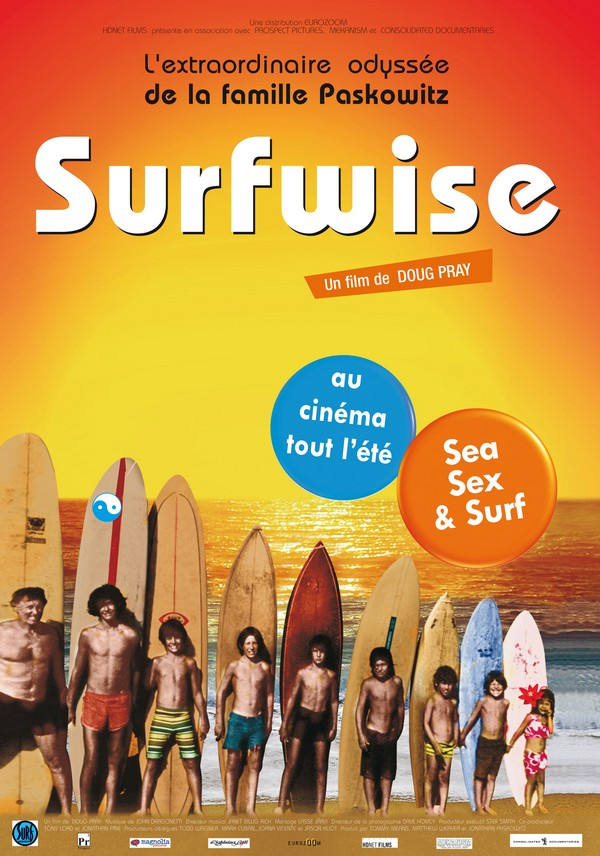
http://www.notrecinema.com/ -
Look for copious video of Gerry Lopez shredding waves in this legendary documentary, which also contains a subtle tinge of politics and some of the top surfers of the time. This was the final and highest-quality production of filmmakers Jim Freeman and Greg MacGillivray, who have created some of the greatest surfing movies ever. Not just in the meaty action sequences, but throughout the entire film, you'll notice a lot of waves. It's a slow-motion tribute to the greatest surfers and waves.
The 1972 surf movie Five Summer Stories was produced by MacGillivray Freeman Films' Jim Freeman and Greg MacGillivray. The duo's final surf-related movie examines the fun of surfing against the backdrop of the political and environmental issues of the 1970s. David Nuuhiwa, Eddie Aikau, Gerry Lopez, and Sam Hawk are some of its stars.
Two years before, MacGillivray and Freeman made the decision to quit their surf filming careers and created Five Summer Stories as their farewell to the surfing world. Bud Browne handled the cinematography for the movie, which spent months in Hawaii for primary photography. John Lamb, who was a pioneer in animating skating and surfing, created animation as part of the editing process. American rock band The Beach Boys provided the soundtrack for the movie, and Honk wrote the score.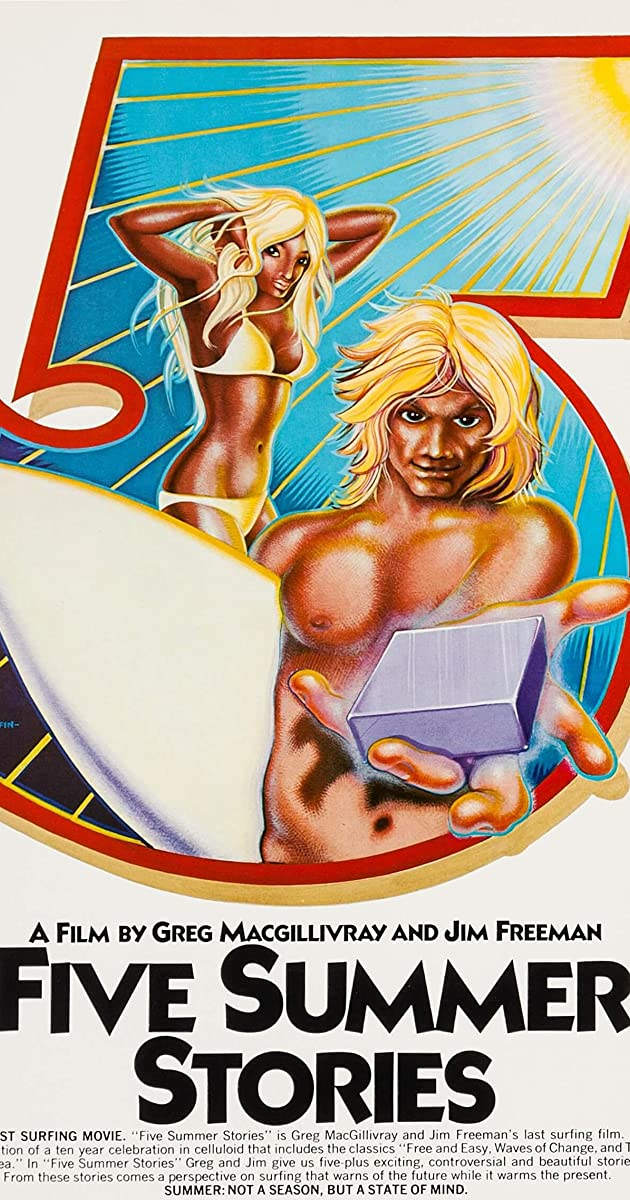
https://www.imdb.com/ -
Bethany Hamilton, a real-life teenage badass and rising surf champion, bravely battled through a devastating shark bite injury in 2003 and returned to surfing as soon as her stitches were healed—albeit with one less arm. The part fits AnnaSophia Robb perfectly, and the story—which Hollywood could have made into a treacherous mess—is conveyed with candor, humor, and respect for the tenacity of Hamilton's family and faith.
The 2004 autobiography Soul Surfer: A True Story of Faith, Family, and Fighting to Get Back on the Board by Bethany Hamilton, about her life as a surfer after losing her left arm in a terrible shark attack and her recovery, served as the basis for Sean McNamara's 2011 American biographical drama film Soul Surfer. Along with Carrie Underwood, Kevin Sorbo, Sonya Balmores, Branscombe Richmond, and Craig T. Nelson, the movie stars AnnaSophia Robb, Helen Hunt, Dennis Quaid, and Lorraine Nicholson.
Early in 2010, filming in Hawaii took place, then later, in August 2010, filming in Tahiti. A collaboration between FilmDistrict and TriStar Pictures led to the April 8, 2011, release of Soul Surfer in theaters in the US and Canada. The film was a commercial success, grossing $47.1 million[1] against a $18 million budget, however reviews from reviewers were divided.
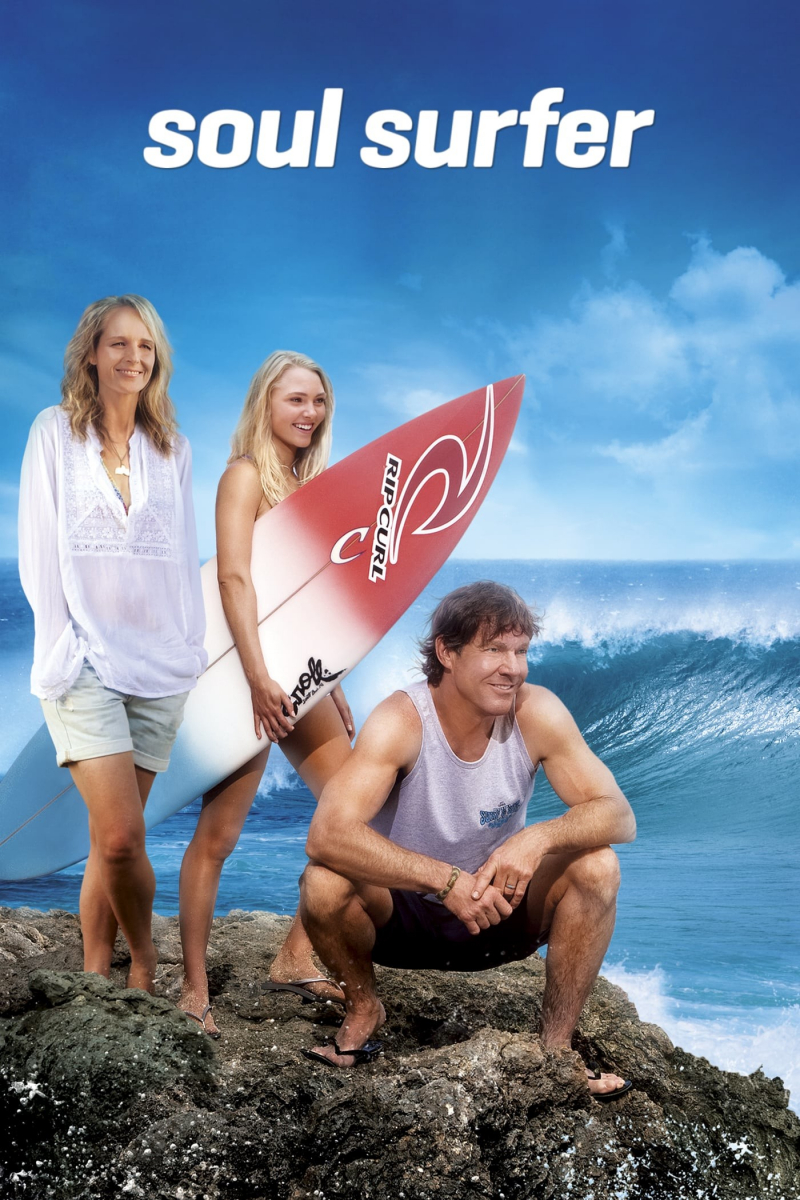
https://www.movieswatchfreeonline.com/ 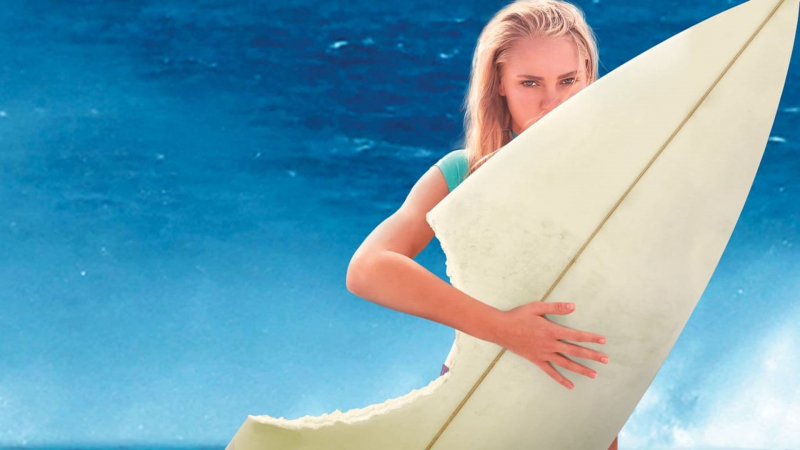
https://reelgood.com -
Bruce Brown, the famous surfer and director who produced the movie The Endless Summer, served as inspiration for Dana Brown's debut solo project. Although Step Into Liquid is technically superior, it has the same friendly vibe (decades of camera advancements may have helped there). The expectations are high when you're a Brown, and Dana met them: his movie is currently the fifth-highest-grossing sports documentary of all time.
Alby Falzon and David Elfick produced the iconic surf movie Morning of the Earth in 1971. G. Wayne Thomas provided the soundtrack for the movie, which featured songs and music by well-known Australian musicians Tamam Shud, John J. Francis, Brian Cadd, Mike Rudd, and G. Wayne Thomas. The album was the country's first Gold soundtrack. The soundtrack to Morning of the Earth (1971) was included in the book 100 Best Australian Albums in October 2010.
The movie shows surfers traveling to Bali, Hawaii, and Australia's north-east coast in quest of the ideal wave while living in spirtual peace with nature and creating their own boards (and homes). The film, which is recognized as one of the best in its category, is notable for capturing the first surfers to ride the waves at Uluwatu, on the island of Bali's most southern tip, introducing Bali to surfers all over the world and ushering in Bali's development as a popular tourist destination.
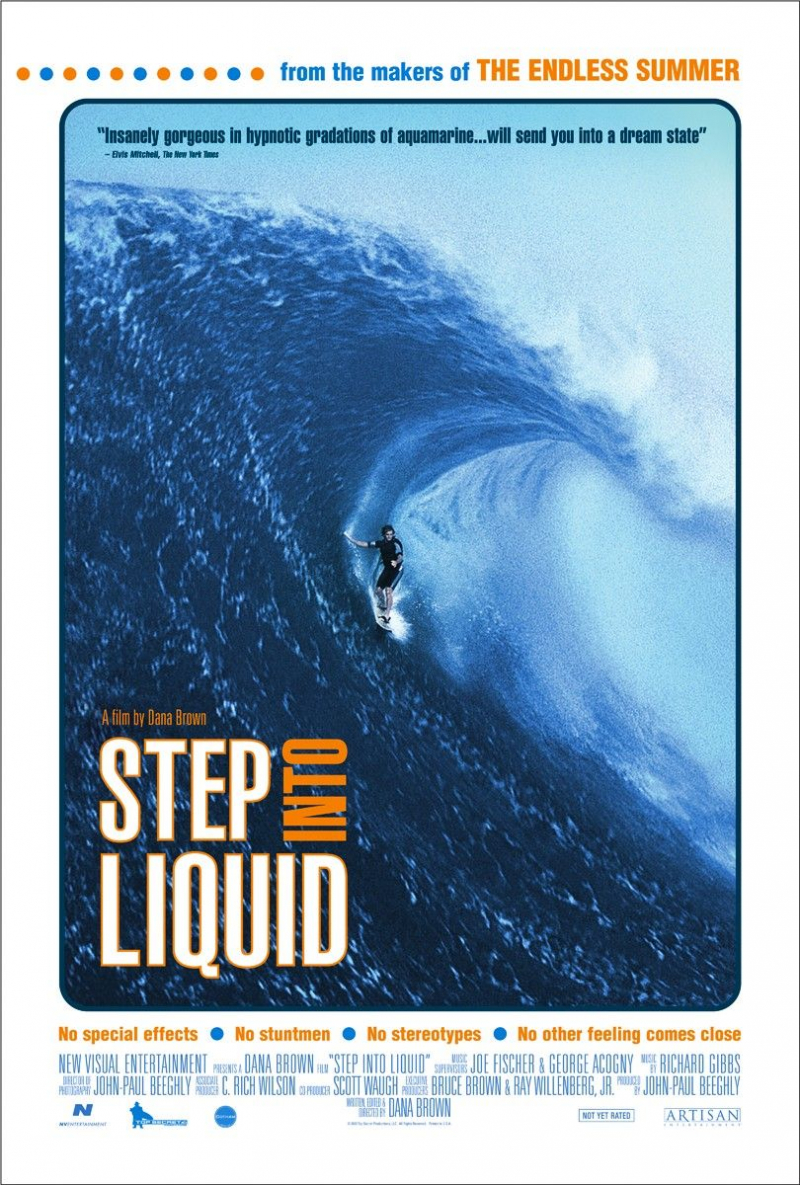
http://www.impawards.com








